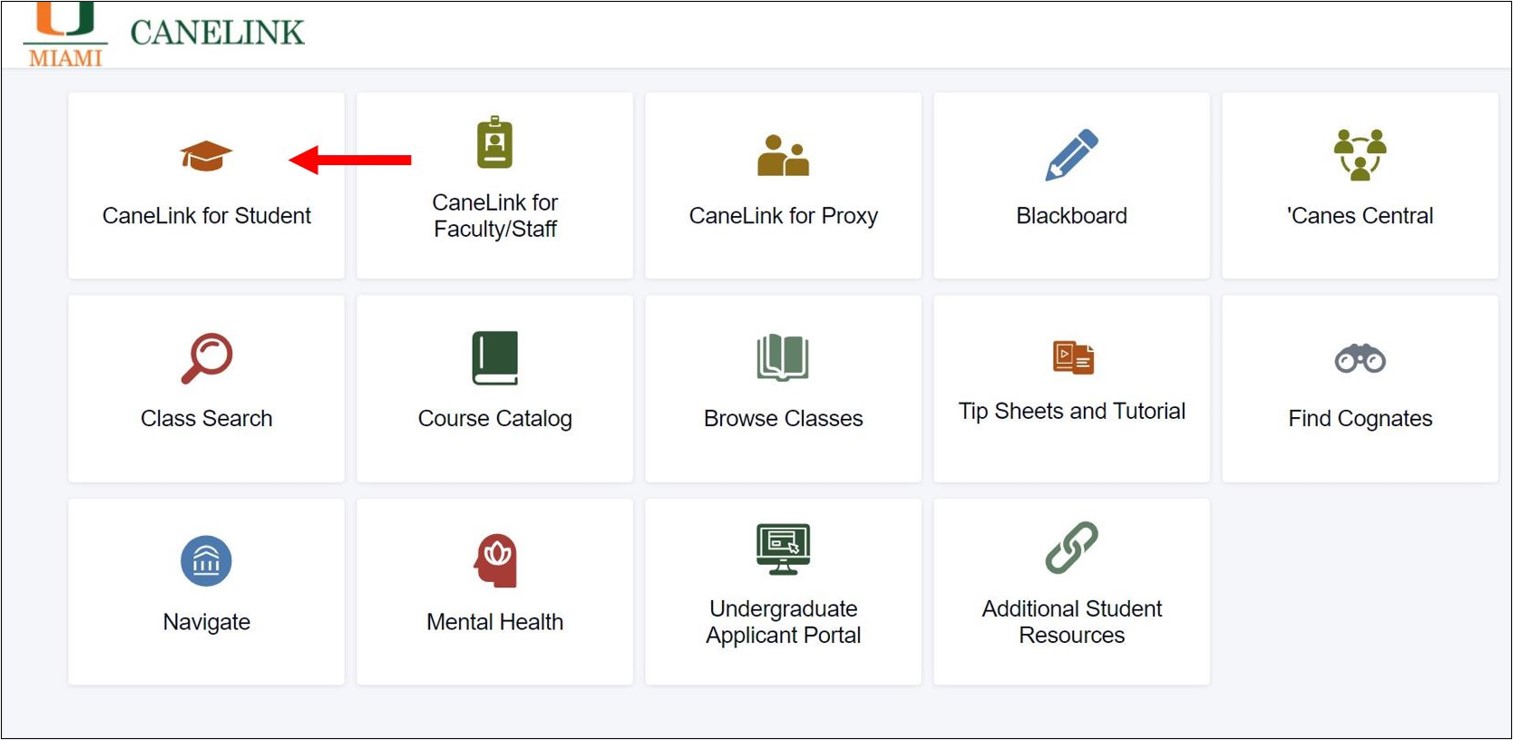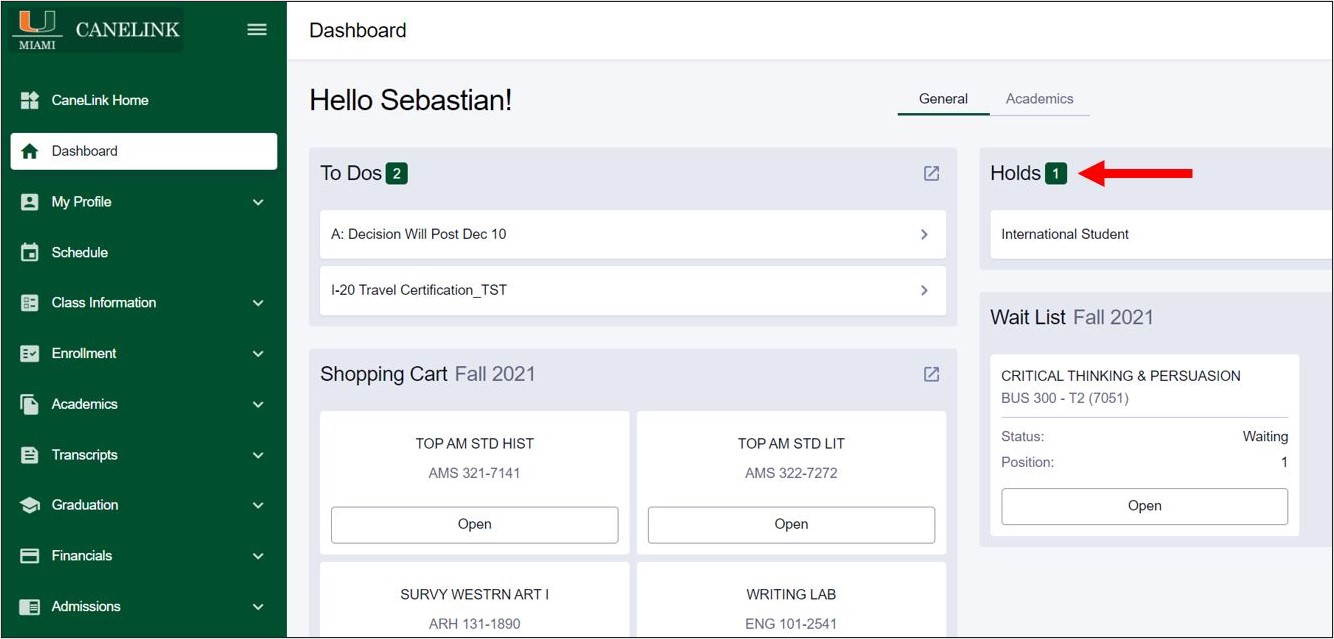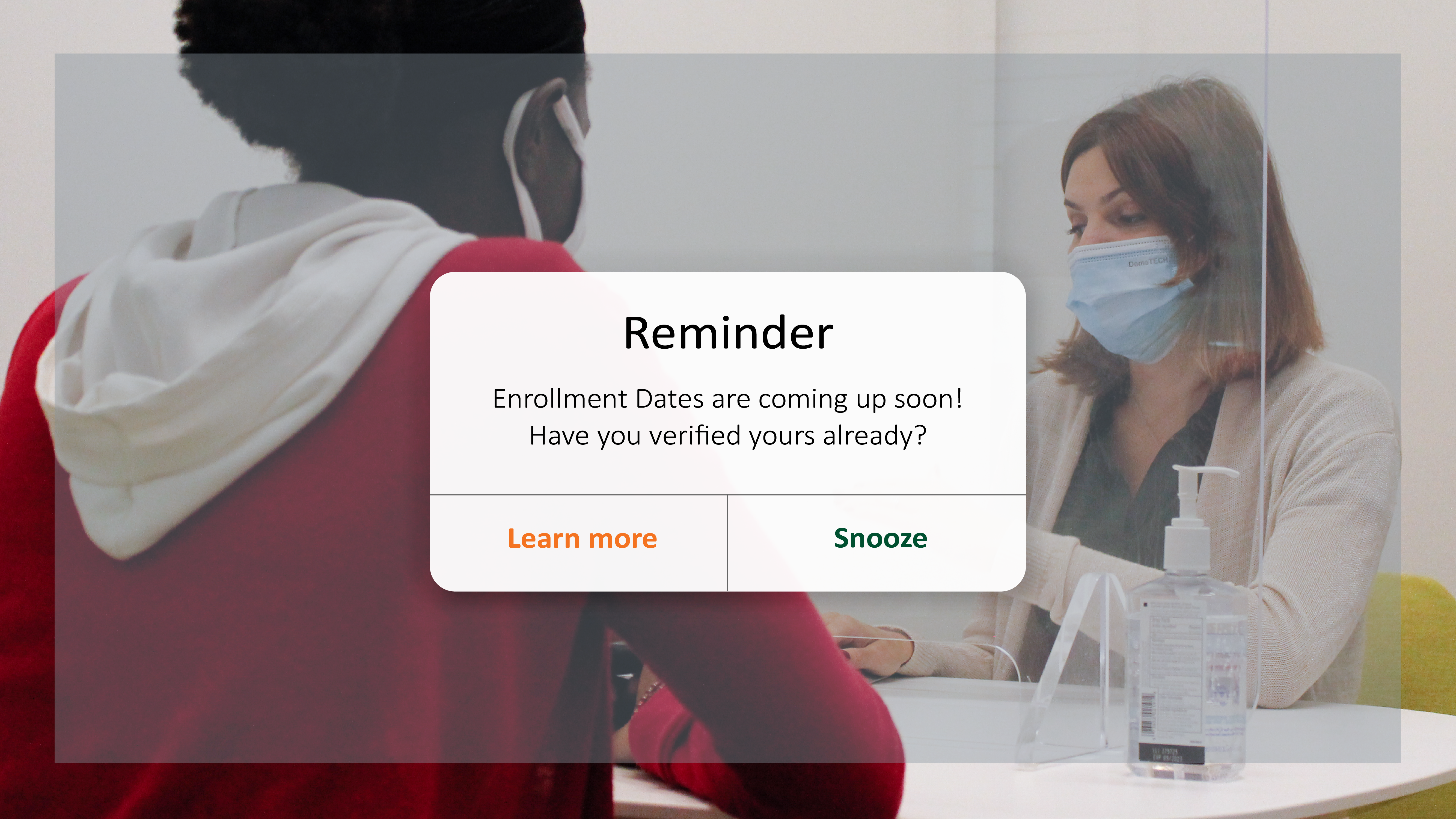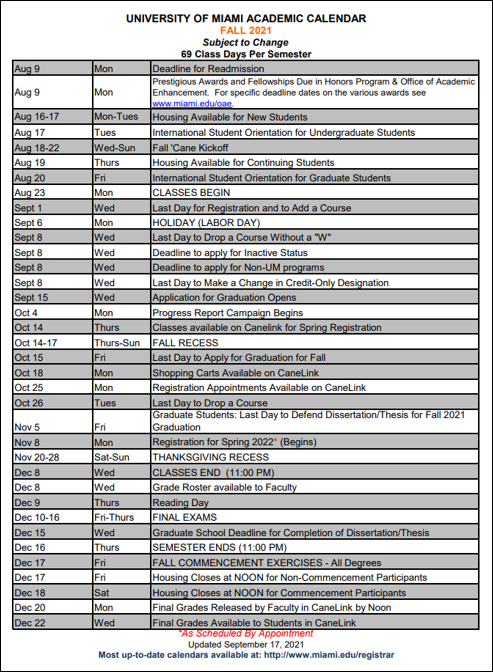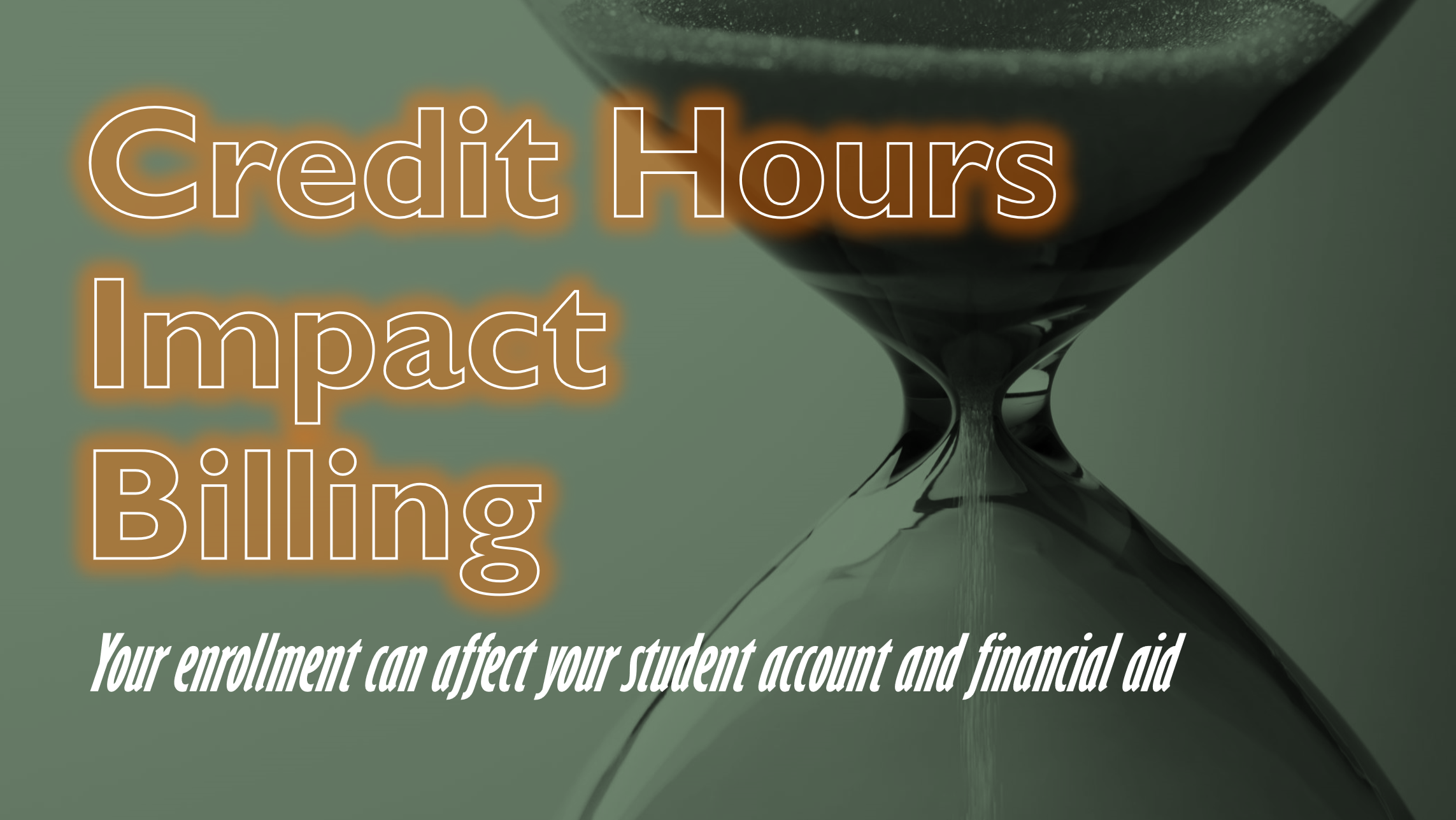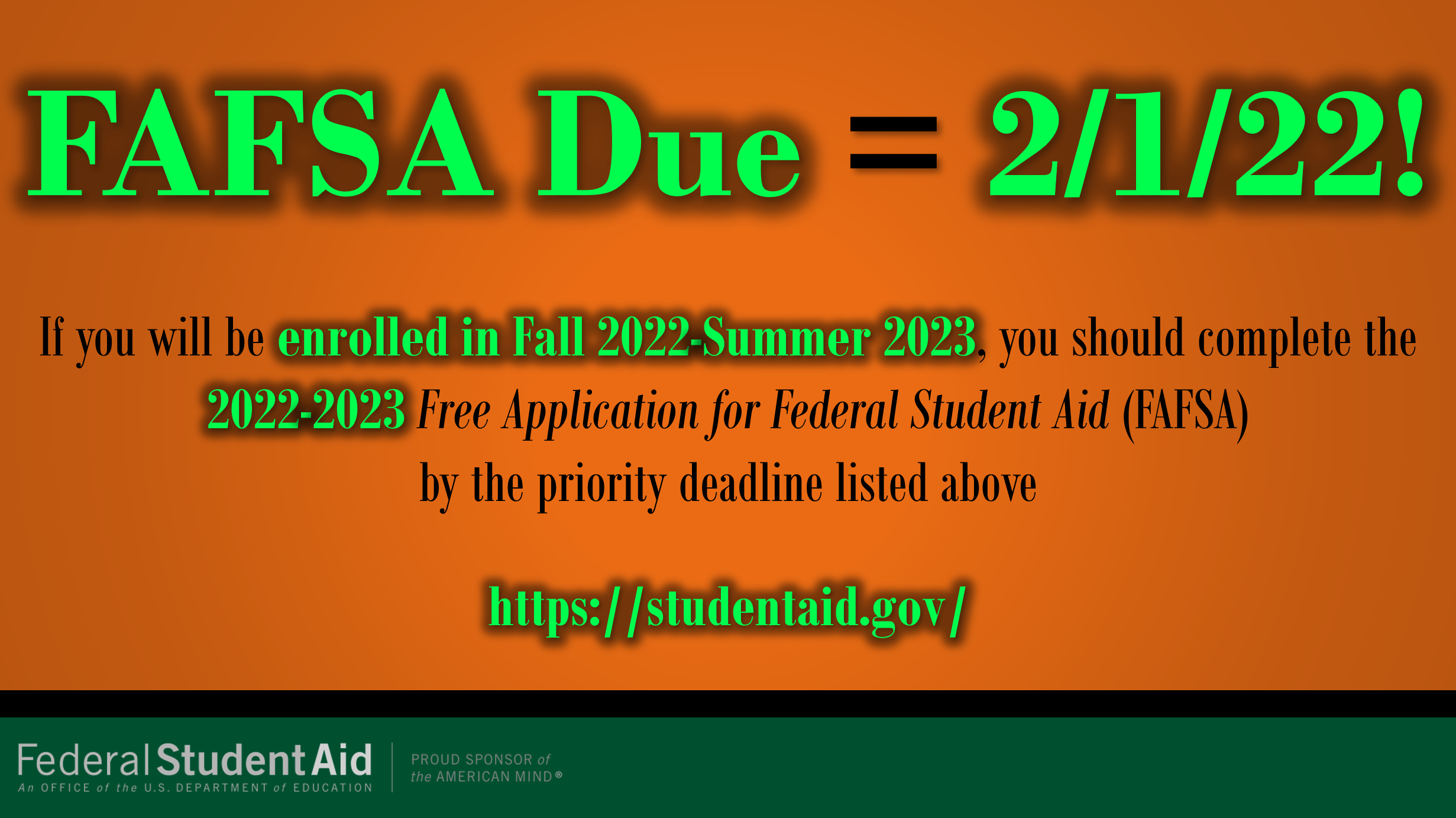It’s important to register for a full schedule from the get-go as registration impacts future billing. Students who enroll part-time may only be charged on a per credit basis for only those credits in which they are enrolled, and not all fees required of full-time students may post for part-time students. If students enroll in additional credits at a later time—even if this is because they got a spot in a class off of a waitlist—the per credit rate and the fees may be adjusted accordingly, which means new balances may appear on students’ bills.
Our Recommendation
If you do not plan to attend full-time, then you may be all set! If you do not use financial aid, then you may be all set too!
Otherwise, it is highly recommended you register for a full schedule of courses that will satisfy your degree requirements—even if it is not your 100% desired schedule—and then set up swaps, not waitlists, to maximize your ability to enroll in your preferred courses by accounting for potential enrollment issues. This will also help you avoid any potential impacts to your student account and/or financial aid once bills are issued for Spring 2022 (more to come later …). Learn more from our waitlist vs. swap Knowledge Article that is available in the “Get Help With …” tab on our website.
Be sure to consult your academic advisor if you have any questions about your Spring 2022 schedule.





